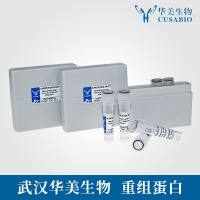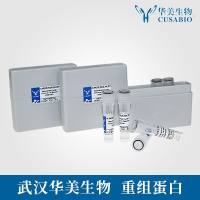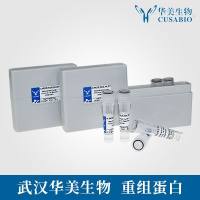There is an mverse relationshtp between the half hfe of an isotope and its theoretical specific activity. In some Isotopes this maximum is never obtamable. [
125 I]Iodme has a maxtmum theoretical specific activity of 2 175 Cl/mm01 and is usually obtainable at -2000 Wmmol. The maxtmum specific acttvmes of [
14 C]carbon and trmum are 62 4 mWmmo1 and 28.8 Wrnmol, respectively. Several atoms of [
14 C]carbon or trmum can be substituted in a molecule, but the specific activity obtamed is still very much lower than with [ 251]iodme Very small amounts of radiotodmated material can be used while mamtaming sensitive assays. The count rate obtained from [
125 I]iodme can be 100 times greater than for trmum and 35,000 times greater than [i4C]carbon Another major advantage is in the case of detection [
125 I]iodme decays by electron capture followed by X-ray emission which can be counted directly in a y counter [
125 I]iodme is used in viva for imaging owing to the nonparticulate emission which reduces radiation damage to the biological material. Both [
14 C]carbon and trltlum are pure p-emitters resulting in particulate emlsslon in the form of electrons. To count these, scmtlllants and a scmtlllatlon counter are required, which mvolves extra sample preparation and counting time, extra cost of scmtlllant and increased volumes of radioactive material for disposal The high speclfic actlvlty and count rate of lodmated compounds are advantageous in autoradlography, especially when very small amounts of receptor are to be localized In contrast, the time required to autograph trltlated and [
14 C]carbon hgands can stretch to months
Table 1 Half-Life and Available Specific Activity of Commonly Used Isotopes
|
Radionuclide
|
Type of emission
|
Half-life
|
Specific activity (per millimole) at 100% isotopic abundance
|
|
125 I
|
γ(EC )
|
60 00 d
|
2175 0 C1
|
|
131 I
|
γ and β-
|
8 04 d
|
16,235 0 C1
|
|
14 C
|
β-
|
5730 00 yr
|
62 4 mC1
|
|
3 H
|
β-
|
12 43 yr
|
28 8Q
|
|
32 P
|
β-
|
14 30 d
|
6000 0 C1
|
|
35 S
|
β-
|
87 40 d
|
1493 0 C1
|







